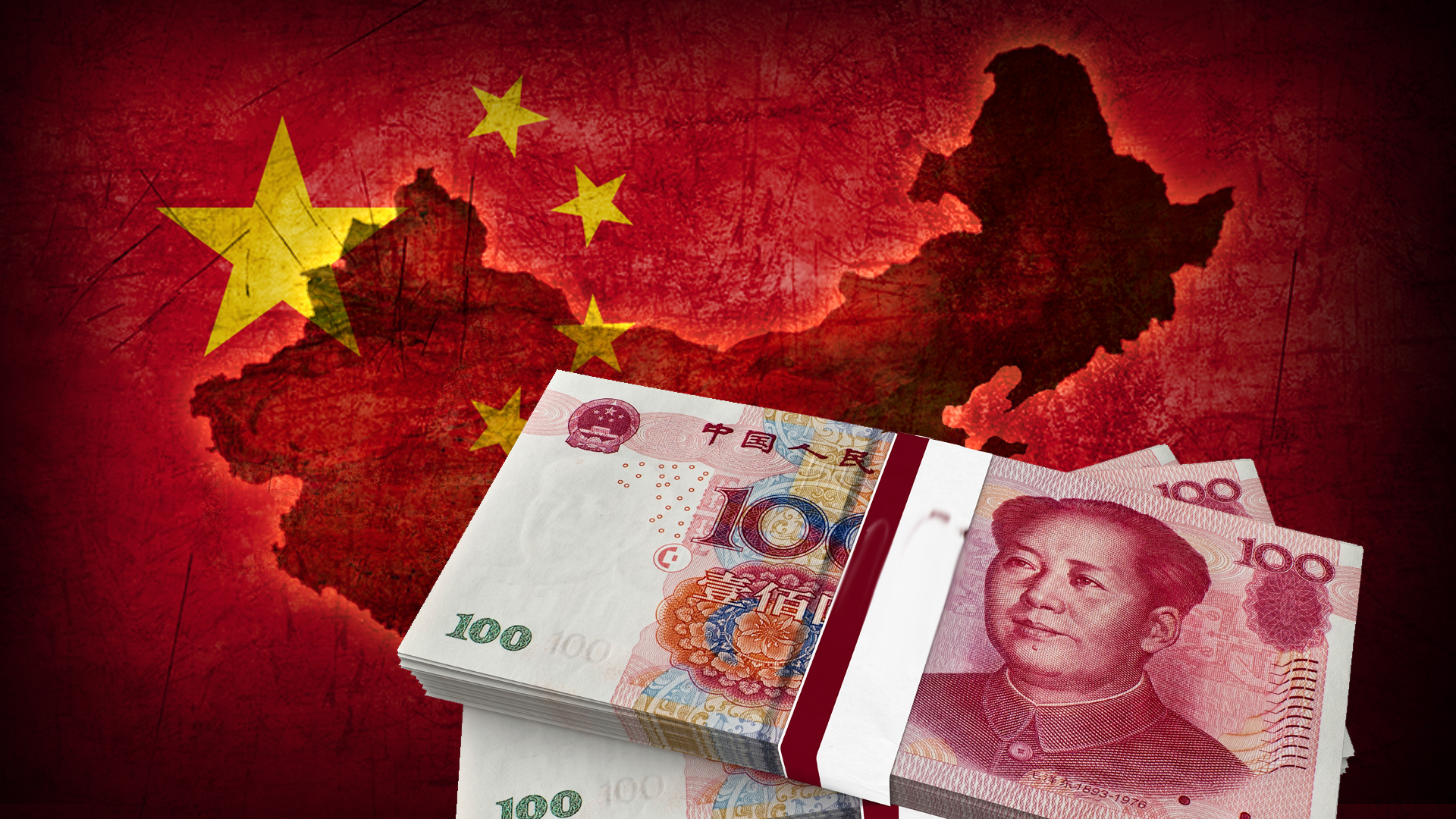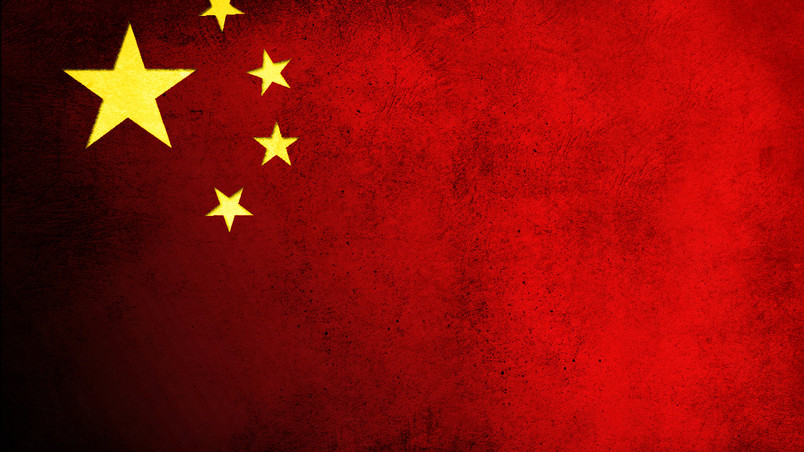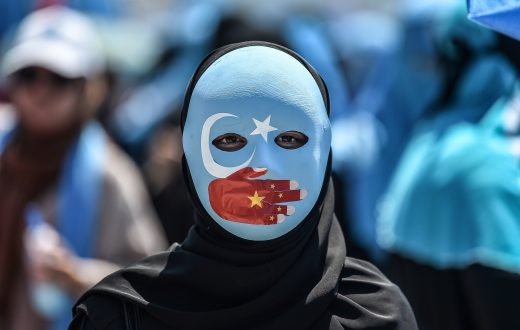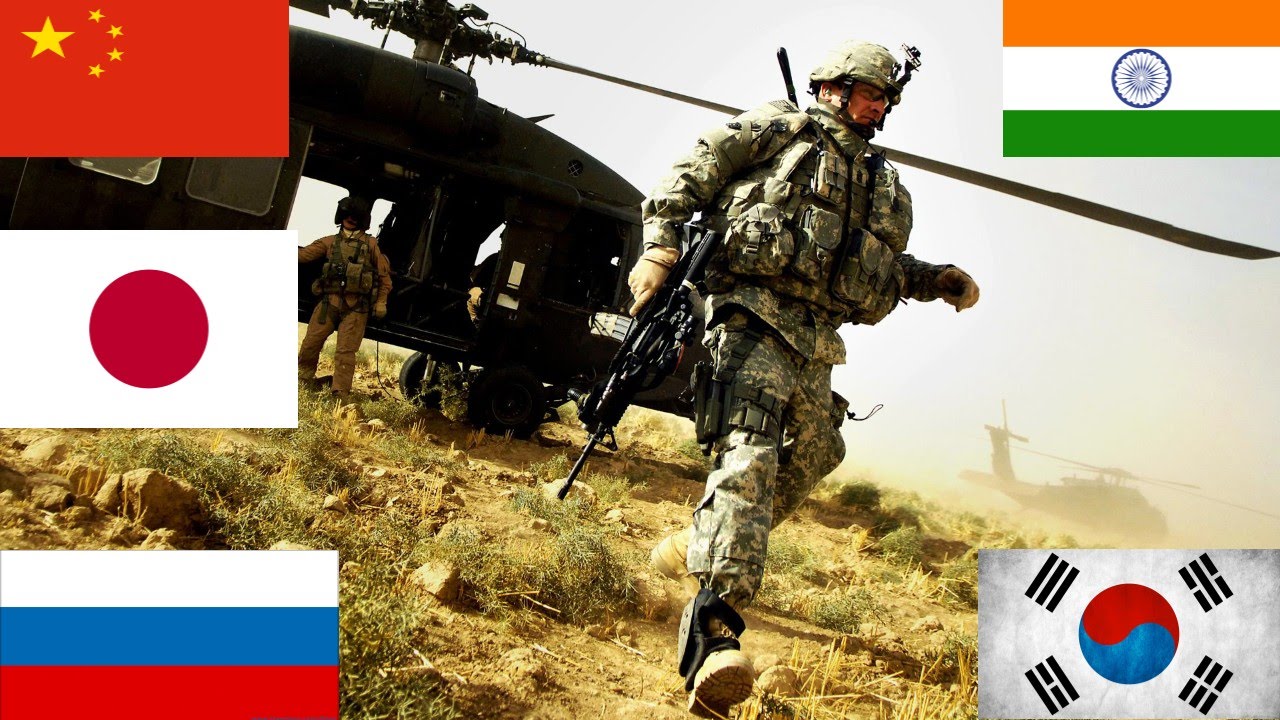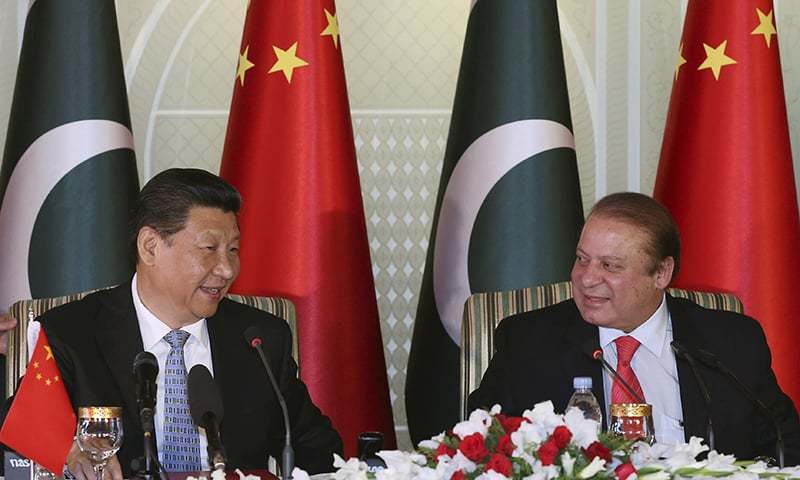Whilst the world is caught up with the election of Donald Trump, and his radical policies, China continue to operate behind the scenes to expand its reach globally. China’s geopolitical status enhanced significantly over the years with influence over Africa, for example, increasing in the form of bilateral instruments: infrastructure investment, aid and debt. Yet, we see a transformed China, with a multilateral strategy in this political Game of Thrones.
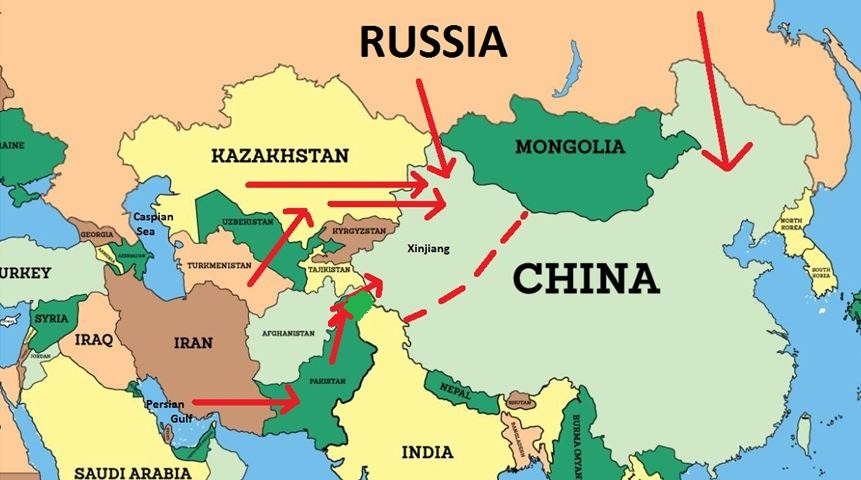
The belt and road initiative consists of two separate projects, the Silk Road Economic belt and the 21st Century Maritime Silk Road, which targets 68 countries. Further, it encompasses interlinking trade deals and infrastructure investments throughout Eurasia and the Pacific[1]. Through the project, China is banking on two of these regions’ desires: infrastructure and economic growth.
The Asian development bank estimates that Asian needs $8tn for investment projects for a period of ten years, up to 2020[2]. On the other hand, partner countries like Sri Lanka plagued with poor public finances due to Treasury bond scams for example, has seen its Fitch rating drop to BB-, as of February, 2016[3]. Through this ambitious project, China aims to facilitate the realisation of these desires.
China has shown great interest in ex-Soviet countries like Kazakhastan.
But what’s the catch for China? Surely China is to benefit?
What happens is more than what meets the eye.
The project is surely insurance against a possible economic slowdown of Western economies. The exported oriented economy, Singapore saw a its economy shrink at an annualised rate of 11% in the last three months of 2008, due to the financial crisis in Western economies. Likewise, with western economies like the United States[4] being a top destination for Chinese exports, the project helps China diversify to less integrated, closer Eurasian and Pacific economies. With trade deals and infrastructure development, a multiplier effect on these economies is inevitable; economic growth in the partner countries gives China fast growing consumer markets to sell its exports to.
More importantly, this move heralds the rise of the ancient economic power. As Cao Wenlian[5], the director general of the International Cooperation Centre of the National Development and Reform Commission puts it, the project is set to trigger “globalization 2.0”, a process where the term globalization isn’t synonymous to Westernization. Hard to believe? Let’s look at the facts.
- Funds from financial instruments- China will provide $113 bn through its Silk Road fund, the Chinese development bank, and the Export and Import Bank of China. At the same time, the Asian Infrastructure Investment bank, whose ownership is led by China, approved $1.6 billion in loans for the project in 2016. The New Development Bank is yet another financier for this project, with links to China[6].
- Trade-Trade deals have become more likely with countries like the USA recognizing the legitimacy of the One belt, One road initiative through the May 11 US-China Trade deal relating to the export and import of certain products including beef, chicken and financial service for instance[7].
- Energy cooperation- China has shown great interest in ex-Soviet countries like Kazakhastan. The $8 bn deal on energy cooperation that China signed with Kazakhastan in January 2017, exemplifies this interest. As this initiative develops, China’s energy partners will only expect to grow, and with it, their oil supplies[8].
All in all, the world’s economy will soon fall into China’s orbit, and with it, will come greater economic integration with China at the core.
U.S.A’s luck seems to be turning for the worse with its grip over loosening, as China begins to flex its muscles. In an economic front, Donald Trump’s decision to withdraw from the Trans-Pacific Trade Partnership is symbolic for lesser economic participation: this void is filled with the One Belt, One Road initiative. This means that the United States is becoming increasingly irrelevant in the modern world, whilst China continue to re-shuffle the world economic order to emerge on top. At the same time, U.S.A.’s military might is also threatened with China’s military involvement. The global policeman’s influence is expected to shrink with China sending 15 000 troops to protect infrastructure in the Chinese-Pakistani economic corridor[9]. At the same time, the ownership of the Port of Gwadar by a state owned Chinese company would re affirm China’s military position in the region[10].
China’s Ascent onto the World Stage – Sweeping Changes in Society
Yet the future rests on China’s ability to muster support for this ambitious project. As the actions of participating countries have shown, this has not come easy for China. The one belt one road summit held on the 14th and 15th of May, 2017 saw the participation of just 20 heads of States from the 65 participating nations[11]. Is this an indicator of the level of political commitment that participating nations are willing to put in to this initiative? Will the initiative be as successful as planned? Thailand has already turned China down, due to some of China’s demands seen as unfair. Will other member nations do the same?
Time will tell us how the following events will unfold. It would be interesting to see how America would react the moment they feel their position is threatened. It would be equally interesting to see how China would react to any actions from USA or any other member nations. Many draw parallels between the Marshall Plan and the One Belt One Road Initiative. Could this possibly erupt into a Cold War or something bigger?
So many possibilities, so many endings. Only time would tell.
About the Author :
Abeysekara is a 19 year old who just graduated from high school in Sri Lanka. He is involved in MUN, debating and several community service projects in his locality. His interests to name a few include economics, animal welfare and international peace and security.

[1] http://edition.cnn.com/2017/05/11/asia/china-one-belt-one-road-explainer/index.html
[2] https://www.clsa.com/special/onebeltoneroad/
[3] http://www.island.lk/index.php?page_cat=article-details&page=article-details&code_title=144108
[4] http://atlas.media.mit.edu/en/profile/country/chn/
[5] https://www.nytimes.com/2017/05/13/business/china-railway-one-belt-one-road-1-trillion-plan.html
[6] https://qz.com/983460/obor-an-extremely-simple-guide-to-understanding-chinas-one-belt-one-road-forum-for-its-new-silk-road/
[7] https://www.brookings.edu/blog/order-from-chaos/2017/05/15/the-u-s-china-trade-agreement-a-huge-deal-for-china/
[8] http://economictimes.indiatimes.com/news/international/business/china-kazakhstan-sign-cooperation-deals-worth-over-8-billion/articleshow/59079274.cms
[9] https://www.dawn.com/news/1277182
[10] http://economictimes.indiatimes.com/news/international/world-news/pakistans-gwadar-port-leased-to-chinese-company-for-40-years/articleshow/58284735.cms
[11] https://qz.com/982202/chinas-summit-for-its-new-silk-road-is-missing-44-heads-of-state-from-the-65-nations-involved/

